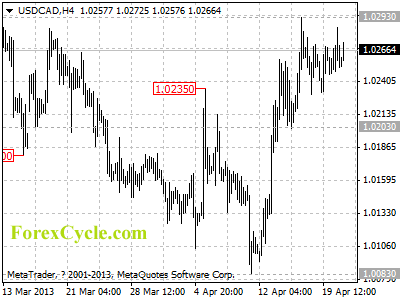If you’ve ever wanted to lose your hair, develop a stomach ulcer and put yourself at risk of an early heart attack, I have a recommendation for you: trade currencies!
I say this (mostly) in jest, but currencies are an area that a lot of investors find baffling. With stock market investments, you have something at least semi-tangible to analyze. You’re looking at companies with assets and, hopefully, streams of income coming down the pipeline. If you are a value investor, it simply becomes a game of paying a reasonable price for those assets and the income you expect them to generate. And I could make very similar comments for bond interest, real estate rental income, and any number of other investments.
But currencies? How do you determine what a “reasonable” price for a currency is? You can get academic, and use some variation of a purchasing power parity model. Or, you could a rule-of-thumb approach like the Big Mac Index, developed by The Economist, which ranks currencies based on the price of a McDonalds Big Mac translated into dollars at current exchange rates.
You could, of course. But there is a big problem with using a model like these: they don’t work, or at least not on any reasonable timeframe.
In fact, currency moves are often completely contrary to what we learned in business school. The principal of interest rate parity tells us that it is impossible to consistently profit from the “carry trade,” or selling low yielding currencies and using the proceeds to buy high-yielding currencies.
Whatever you gain in extra yield you lose in currency depreciation. Or so the theory goes. But in practice, the complete opposite is true.
Take a look at the stock chart for the PowerShares DB G10 Currency Harvest ETF (NYSE:$DBV). This ETF generates market-like returns by shorting the three lowest-yielding currencies of major industrialized countries and investing the proceeds in the three highest-yielding. The strategy has delivered nearly 60% returns since 2009.
This carry-trade strategy doesn’t always work; when the market goes into panic mode and leveraged investors rush to close out their trades, years of gains can be wiped out within days. But it shouldn’t work at all. And yet it does…
Investors can experiment with strategies like these with whatever portion of their portfolio they dedicate to alternative investments. The same is true of managed futures strategies, though this needs a little explanation. There are plenty of professional and amateurs out there that generate decent and consistent returns trading currencies, and their returns are often times uncorrelated to the stock market.
But this is a particular skill that I have never seen anyone learn from a book, an article, or from a shrink-wrapped kit sold on a late-night infomercial. From what I can see, some traders have something of an intuition here. I don’t have it. And chances are good that you don’t either. There is nothing wrong with allocating a small portion of your alternatives portfolio to an active currency trading strategy. But be honest with yourself about your trading abilities. And if you use a manager, make sure you are comfortable with his or her track record.
What about more conservative investors? Can currencies play a role in their portfolios as well?
Absolutely. I only makes sense to diversify your cash savings among several world currencies if your bank or broker will allow you to. The same is true of foreign currency bonds. But remember, unless you have extensive business or personal commitments abroad, it makes sense to keep the bulk of your savings in the same currency as your living expenses. Doing otherwise isn’t investing; it’s gambling.
Getting back to the stock market, currencies get very complicated very fast. I regularly recommend and buy shares of foreign-domiciled companies. In fact, my entry in the 2013 InvestorPlace Best Stocks contest was German automaker Daimler AG ($DDAIF), the maker of the Mercedes Benz.
A drop in the euro would be bad for American investors in Daimler because its stock price would be translated at a lower exchange rate, right?
Well…sort of. But Daimler sells roughly two thirds of its cars outside of the Eurozone…so a falling euro means that foreign revenues translate into euros are worth more…though it also means production costs from overseas dig deeper into margins…unless the company treasury is hedging its currency exposure…
You can think yourself into a circle when you ponder currency effects too long. Currencies do matter, particularly in the case of emerging markets, but in most cases business fundamentals matter far more. Barring a currency collapse—which I believe may be a real possibility in Japan in the near future—you don’t need to spend an inordinate amount of time researching them.
Sizemore Capital is long DDAIF
SUBSCRIBE to Sizemore Insights via e-mail today.







